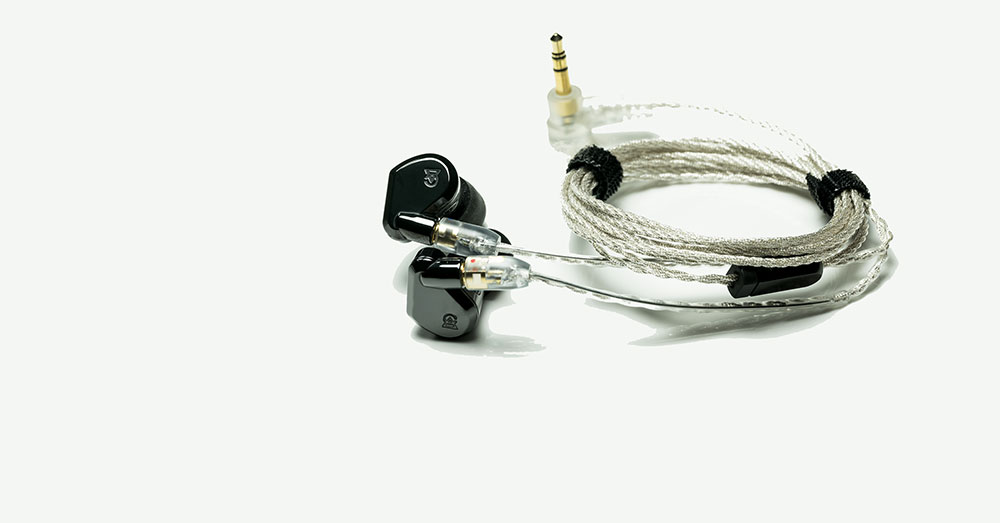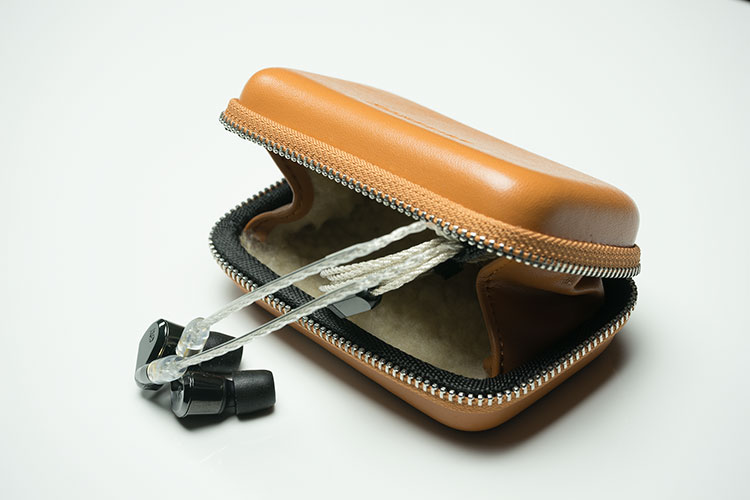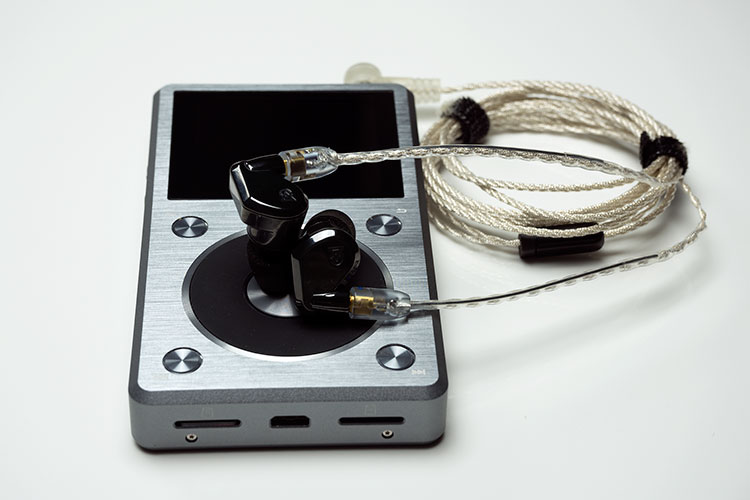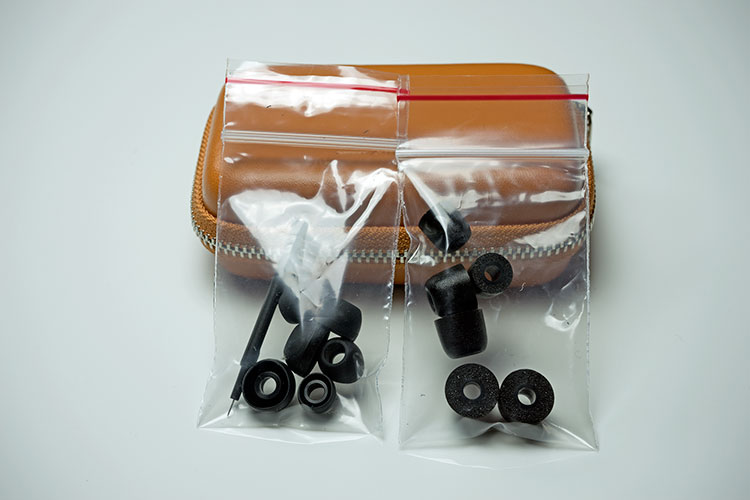The Campfire Audio Lyra is the company’s debut launch of its first universal in-ear monitor or IEM. This is a single dynamic driver IEM priced at $749.
Disclaimer: The Campfire Audio Lyra sent to us is a sample in exchange for our honest opinion in this review. We thank the team at Campfire Audio for giving us this opportunity.
To read more about Campfire Audio products we reviewed on Headfonics click here.
Note, this review follows our new scoring guidelines for 2020 which you can read up on here.
Background
Campfire Audio. It is a new brand but under the wise hands of a much older and trusted company, ALO Audio. In many ways this is new territory for the team at ALO who are commonly known for their diverse range and expertise on cables and amps, portable or otherwise.
In fact, it came as quite a surprise when I heard they were developing a range of earphones and headphones late last year. I half expected them to fall neatly under the ALO label but no, out they come with this whole new brand and concept called Campfire.
Ever done a bit of late-night camping? Lit a fire and huddled around it? Look up and if you are lucky I guess you will see the stars and the constellations at night. And that is what they have themed their new range of earphones on.
Roadmap
In total we have three new earphones ranging from the single BA Orion at $499.00, to the midrange single dynamic Lyra which we are reviewing now at $749 right up to the quad BA Jupiter priced at $899.00.
Each one offers a little something different to the other and each one is a smack in the face for the driver count wars we are seeing of late in some flagship IEMs and CIEMs right now. Four drivers are not a lot in the wars but how that four is put together is another story.
Right now the whole brand is on a soft launch as a range, the site is up, the info is out, I have one of them right now, the Lyra, in its retail packaging but at the time of writing it is not on general release. That date is probably within the next few weeks.
Design
If you check out the Lyra constellation in any astrological map then you might be looking at the approximate form factor of the Lyra IEM itself. It isn’t a million miles away from an IEM shape.
Constructed of high-density ceramics it looks sturdy, well made, and importantly scratch resistant but a bit of a fingerprint magnet. The contours are smooth and the overall size is not the tiniest bit I would still class this as small. It’s a comfortable looking earphone just from the feel of it in your hand.
It also feels like it should weigh more than it actually does. It comes in at just 11.8g which, in comparison to the diminutive Westone W4 which weighs in at 12.7g, is quite light indeed. Consider say another finely contoured earphone, the RHA T20, which is of similar size but made of injection-molded aluminum weighing in at a much heavier 39g then you can start talking the benefits of opting to go with ceramics over metals right there. This is not going to weigh down your ear.
Tech Inside
Inside the Lyra, ALO has opted to go with a single 8.5mm beryllium constructed dynamic driver whose diaphragm is designed to squeeze out a little more detail and clarity than regular plastic, titanium, or aluminum constructed dynamic driver diaphragms.
This is real home audio technology miniaturized and slotted into a shell that fits right into your ear. Now I will not go as far as to say using beryllium diaphragms is unique, Xiomai and JBL have been dabbling in this material for their diaphragms for a while now but it does give you an idea of what kind of performance ALO was aiming for with the Lyra.
This is a fast and very lightweight diaphragm, a higher cost material than titanium, and is known to produce clean, tight, and distortion-free signatures top and bottom if engineered well.
Cables & Connectors
Connectors
The Lyra is terminated with MMCX connectors as opposed to the more traditional 2-pin so bang goes most of my aftermarket cables for testing apart from one non-descript null audio cable (which by the way I will tell you was much more suitable than the stock cable).
It does mean you get a little bit of swivel for micro-adjustments during fitting which is one of the benefits of MMCX but I just find them a little tiresome to detach and reattach compared to two-pin whilst others find it just fine.
ALO Audio has actually made a bunch of custom MMCX connectors that are a cut above the average MMCX and built to be durable and lasting which is a bonus. The MMCX on the stock cables are not off the shelf parts. These were custom made by ALO, constructed with pure Beryllium copper and heat-treated for extra hardness so they will last way longer than a typical brass part that is very soft.
Brass MMCX will wear and get loose and cause problems with bending your center pin on the contact over time. In theory these connectors should not do that and are rated for 2x the insertions of a normal brass part.
Stock Cable
The cable itself is a precision gold flashed dual braided cable 1.35m in length and terminated with a right-angle 3.5mm gold plated jack. It has a fairly healthy-looking cable tension resistance around the jack and the y-split is fitted with some hard black plastic which also contains an adjustable low profile chin strap.
It is actually very light with very little memory retention but a tiny bit stiff for my liking and not as pliant as say the stock EPIC cables you get with Westone or CIEMS. Unlike regular stock cables like Westone the Lyra stock cable is coated with FEP (Teflon) and far better dielectric and fare more chemically resistant than PVC.
This allows for a very low incident of oxidation of the wire “greening”. In addition FEP is far tougher physically than PVC so abrasions and pinching are not a problem.
Cable Stiffness
The first batch cables with the Lyra though, and the one I have now, have a very odd and non-pliant memory sleeve compromising the ability to custom fit it around your ear as this is primarily an over-the-ear design. It was a nightmare to shape and fit and takes a lot of persuasion to fold into place and even then the fold is rather awkward and poor fitting.
I would cut that memory casing right off and just go with the soft cable around your ear even at the cost of any loss in microphonics prevention. If you are wearing glasses this cable is not likely to work very well for you if you can’t get a good shape around your ear.
Now I did say this is a prototype and therefore the odd thing might be improved and one of the things we highlighted was this cable. If you in the market and considering this glad to say ALO worked all of these cables to have a softer memory wire now and all production units have this improved memory wire with a more conventional medical grade stainless steel wire. Amen to that.
Of course being detachable means you can swap it out for something you may already own or upgrade to some sort of material or composite you prefer. Luckily I had some super pliant and soft cloth-covered Null Audio Lune Series MK3 MMCX terminated 1m cables that I swapped over and these where a joy to wear. They were actually bought for a pair of Shure srh1840’s, how about that eh?
The Fit & Seal
They looked comfy in the hand so it is no surprise the Lyra is a very comfortable fit in the ear depending on the tips that work for you. Mine are the medium foams and they seal about 90%.
Of course they are no CIEM but as a universal it does what you want it to do which is sit firmly in your ear even when moving around and you do not have to wiggle it to get a sweet spot for performance.
The 11.8g weight keeps everything from dragging down onto your lower ear also which is a nice bonus. I actually managed to try them also during a short 1-hour flight and they did a decent job of keeping the old lady beside me from boring me to death with anecdotes of her days as an accountant (true story) as well as keeping the jet engines down to an acceptable level.
Packaging & Accessories
Originally, we were talking prototypes, I mean off the drawing board prototypes so I was half expecting something packed in sawdust with a lab sticker on it and a manufacturing date of just that morning.
However the Lyra package that arrived looked far more ready for the sales pitch and honestly if they threw it on a shelf now it might be just fine. That being said it is a prototype, or so I am told, thus you can expect a bit more glamor or some minor tweaks in the final product when it goes on sale.
What I did get was something that looked a little like a tinder box made out of cardboard with a few stars patterned over it and a similar detachable tray on the inside bottom made out of similar detail. This tray was snuggly fit under the rather fetching tanned hard case that is quite possibly the nicest case I have ever had for an IEM given my penchant for all things fluffy and brown.
Accessories
Inside the tray you get 2 sets of tips in 3 sizes: small, medium, and large in silicone and same again for foam tips. You also receive the standard cleaning pic for dirt, wax and other assorted elements to help keep your Lyra clean and tidy in-between playtime. It is tidy if an unassuming package to be fair for the price so let us see how the final retail package rolls out.
I do have to mention the case again in more detail as it is really rather excellent and not just to look at either. It’s spacious enough for a good size IEM and cable and it is semi stiffened with a nice leather finish in a rustic tan color. It feels the right size in the hand and looks classy and durable. I have a ton of Peli cases, Otter boxes, and the usual pill size boxes. However, next to the Campfire Lyra hard case they look lifeless.
The real ‘ahh’ moment is when you zip it open to reveal a quality fur-lined interior. It has shades of Gene Hunt, Huggy Bear, and those fur-collared coats I was made to wear in the early ’80s. Its retro, niche and I want to store my Sex Panther cologne in it. In the future all IEM cases will be made like this (I hope).
Click on Page 2 below for Sound Impressions & Comparisons





